******************************************************
As someone who frequents Tumblr, I see a fair bit of chatter about cultural appropriation. Basically, CA is when one culture adopts elements of another culture, but the term now usually refers more specifically to a majority/dominant culture taking and using elements of a minority/oppressed culture as fashion/costume/entertainment and disregarding their deeper meaning. Picture the whole debate with the Washington Redskins, people dressing as "Indians" or "Geishas" or "Eskimos" for Halloween, especially in a way that can be seen as racist or disrespectful, etc.
Sometimes it's hard to tell where the line is about what's a respectful appropriation of culture and what's disrespectful/misunderstanding the meaning. Consider the way the U.S. and its citizens turns St. Patrick's day into a big party all about drinking green beer and wearing leprechaun hats rather than honoring the Catholic roots of the saint or even showing a respectful representation of Irish culture (not to even touch how Irish Protestants might feel about the whole thing), or think about the Mardi Gras traditions in this country, which have way more to do with getting drunk and collecting beads than with the contemplative period of Lent to come. Are these parties simply Americans evolving their own culture, or is it ignorant and disrespectful? Can we ever find balance with this stuff?
I think the same issues often come up in the SCA, especially with respect to religion. Most people in the SCA are intelligent and respectful, and they reenact a particular culture's dress and traditions as a way to learn about history and portray how things would have been in that time and place. I have even seen people who portray orders of monks or nuns in an SCA context, or wear religious symbols of earlier times, even ones that could be seen as markers of disrespect/isolation at the time, like the conical hats worn by Jews (usually involuntarily) in the middle ages.
The place this touches me personally is with respect to Paganism. I do not consider myself a Neopagan following a New Age tradition that incorporates the old ways. I consider myself a follower of the Old Ways. I am not trying to invent a practice for myself, but rather to worship the way Pagans have worshipped for thousands of years. This has problems in itself, because records are limited or deliberately destroyed. I am not realistically able to do things my ancestors would have done simply because I live in a modern world. I have no need to lead my livestock between to fires at Beltane or sacrifice John Barleycorn in my fields at Lithia. That said, to the best of my abilities my religious culture is the culture of pre-Christian western Europe. My ancestors are Danes, Celts, and Britons, and I venerate their stories, their Gods, and their practices.
It is a regular occurrence at SCA events to see people wearing Thor's Hammers, Valknuts, Brigid's Crosses, or even the more neopagan triple moons and pentagrams. It's impossible to parse out if this is being done in a manner that is respectful, focused on a genuine effort at historical reenactment, or if it is more motivated by someone "cutting loose" and getting to "party like a Heathen" before going to their actual religious observances, and possibly using rather unkind language to refer to Pagans, Heathens, etc. and their "false" idols/symbols.
I don't really have any answers to any of these issues. I would, however, close by asking all of those who play in the SCA to remember to be respectful. That cool Mjolnir necklace you got at Pennsic or that cool saint's medal you wear may be something of great ceremony and importance to those around you. Wear it with respect.
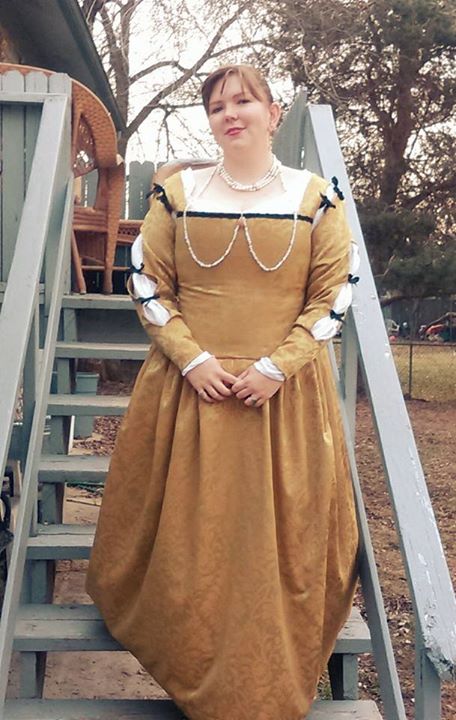
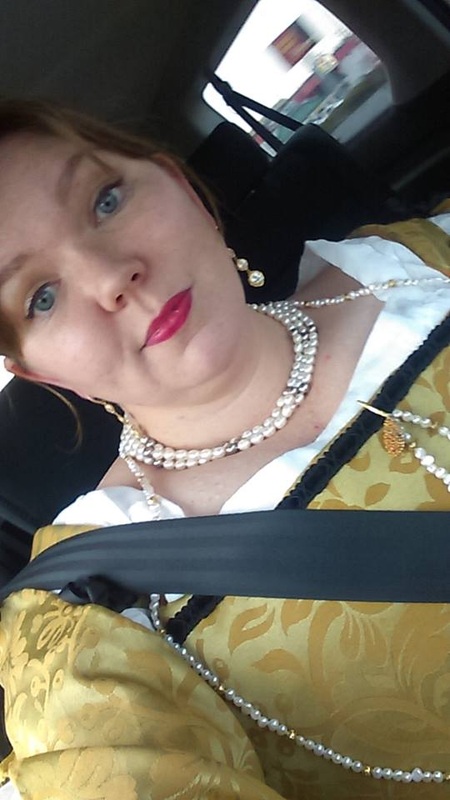
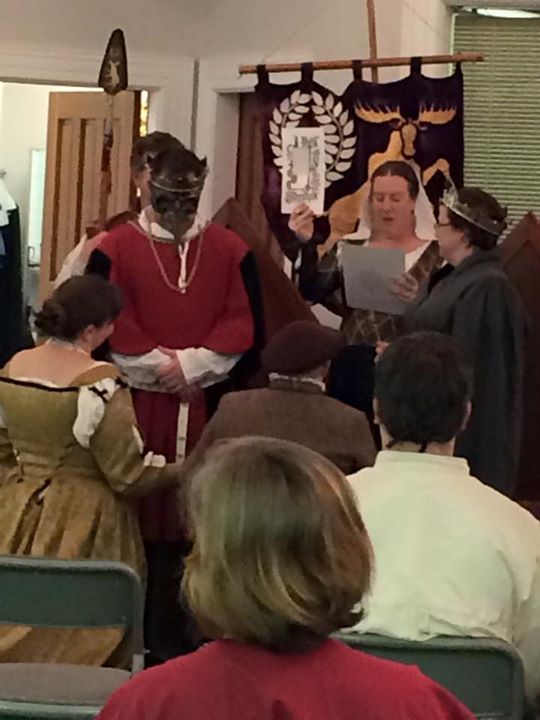
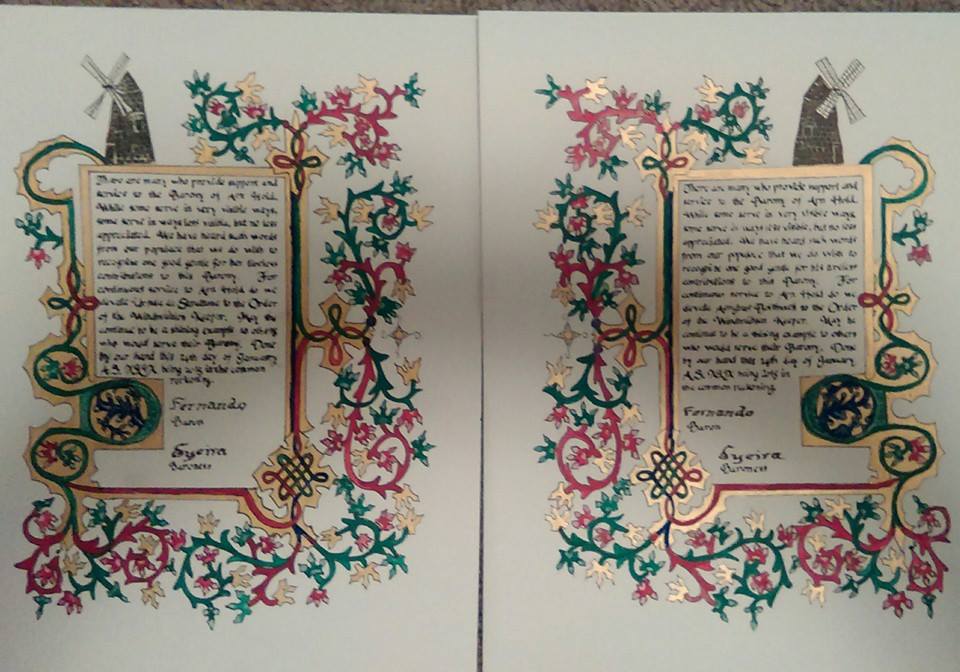
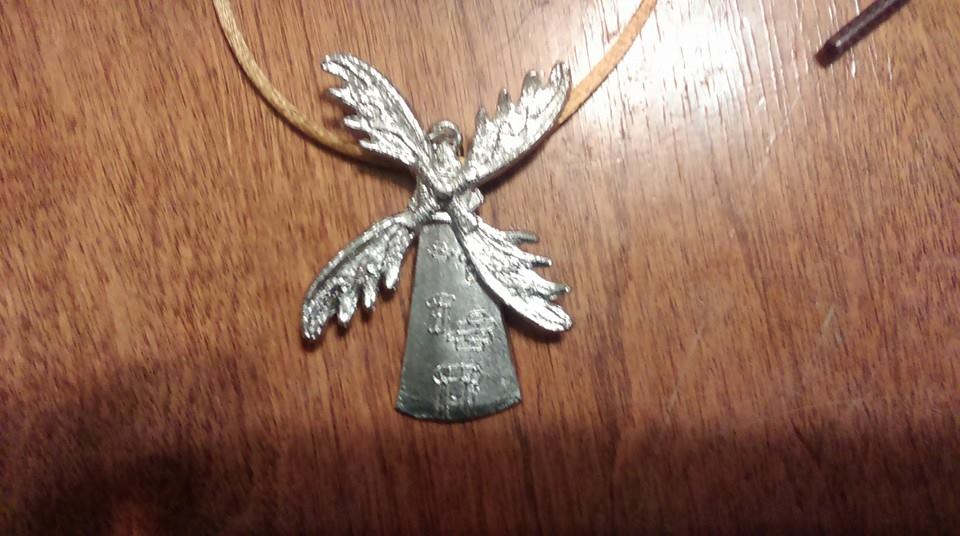
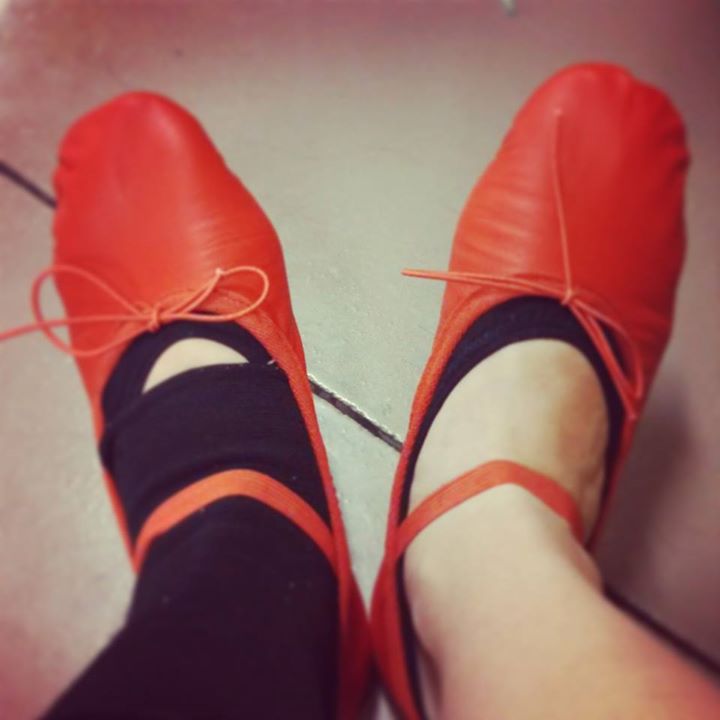
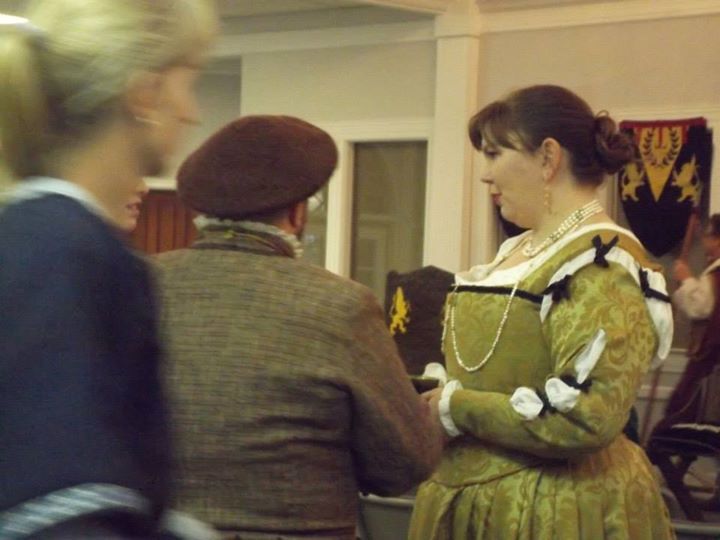
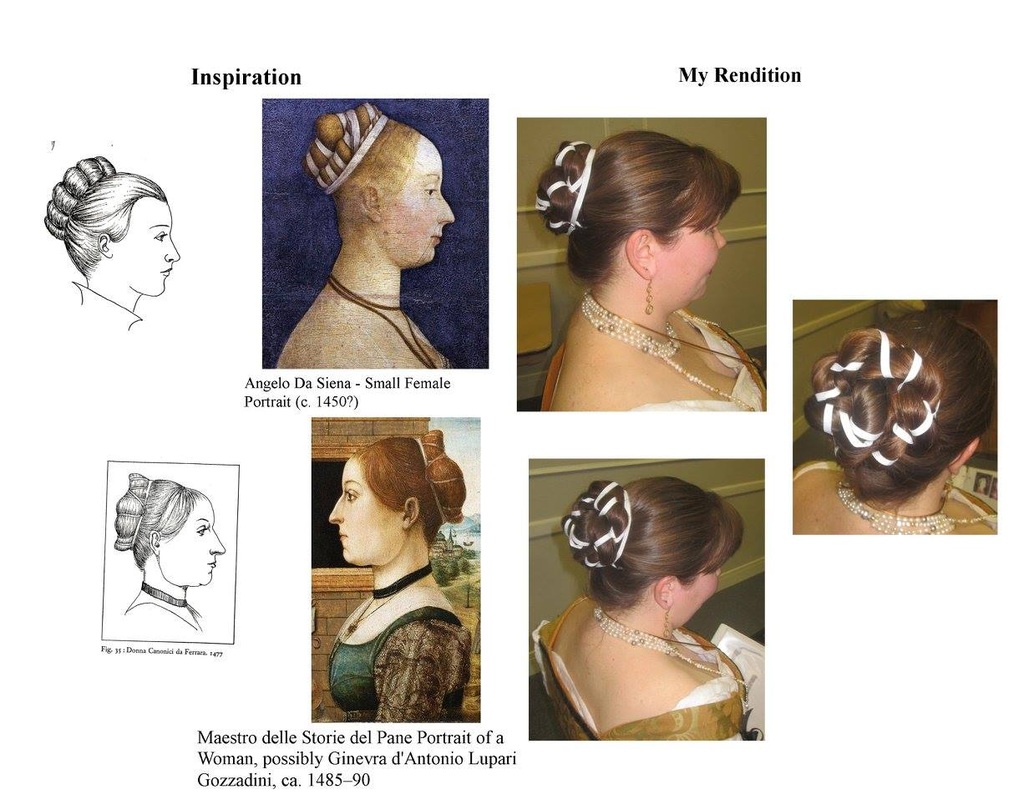
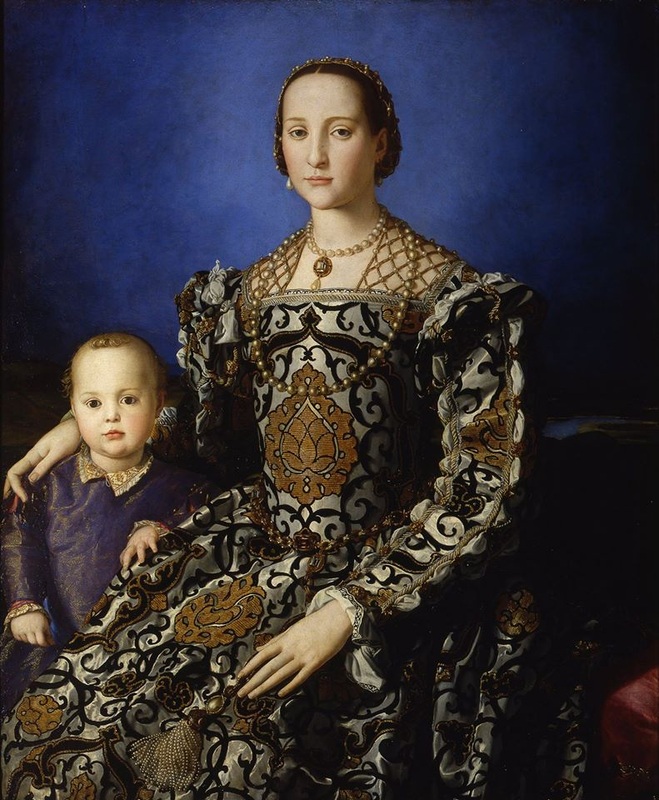
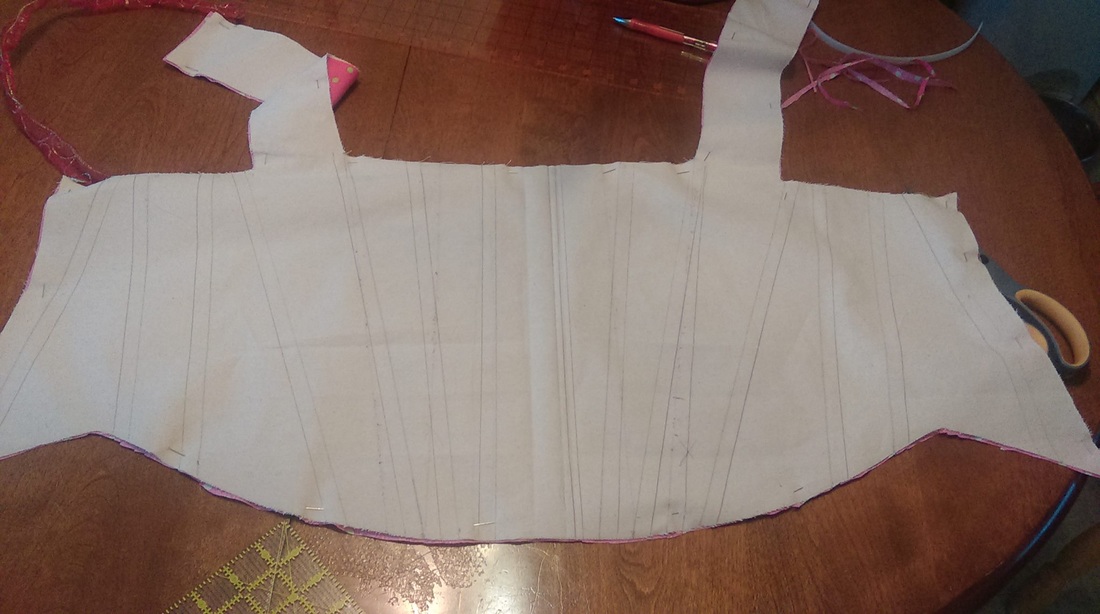
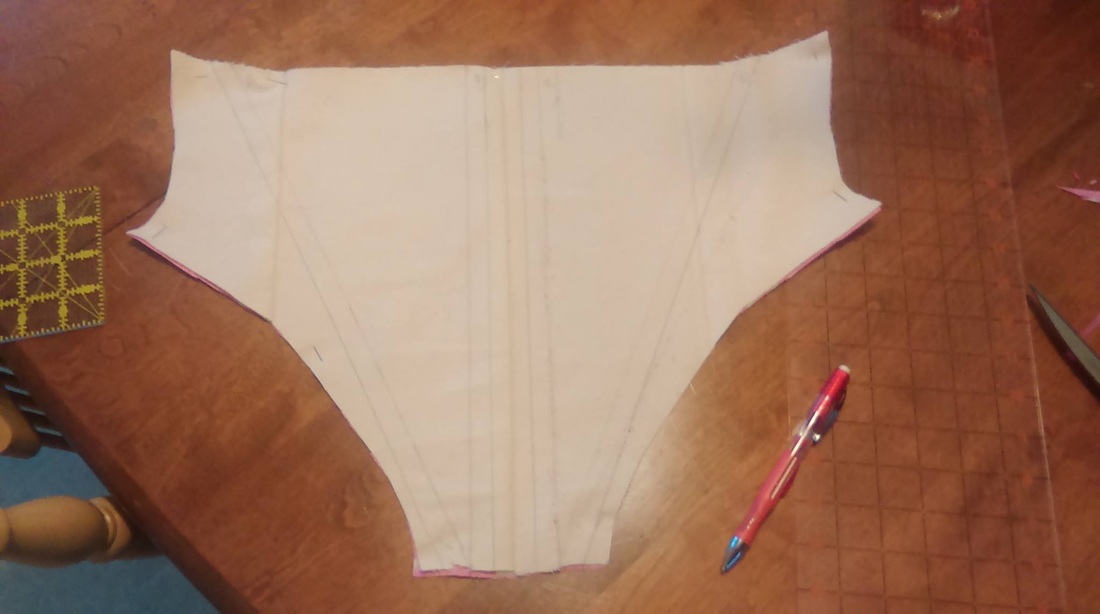
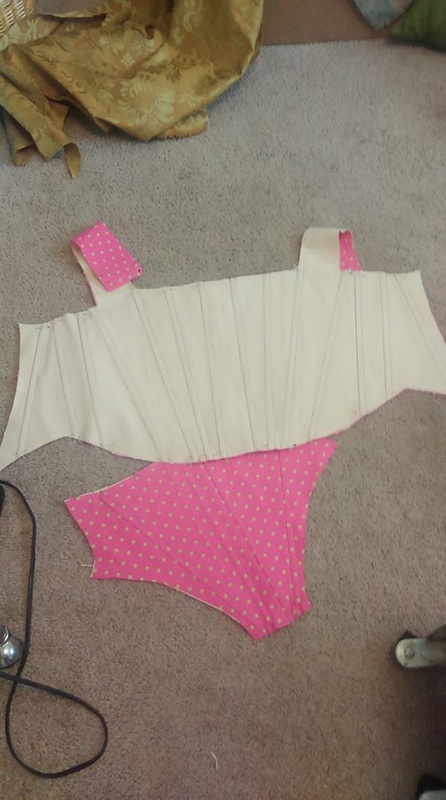
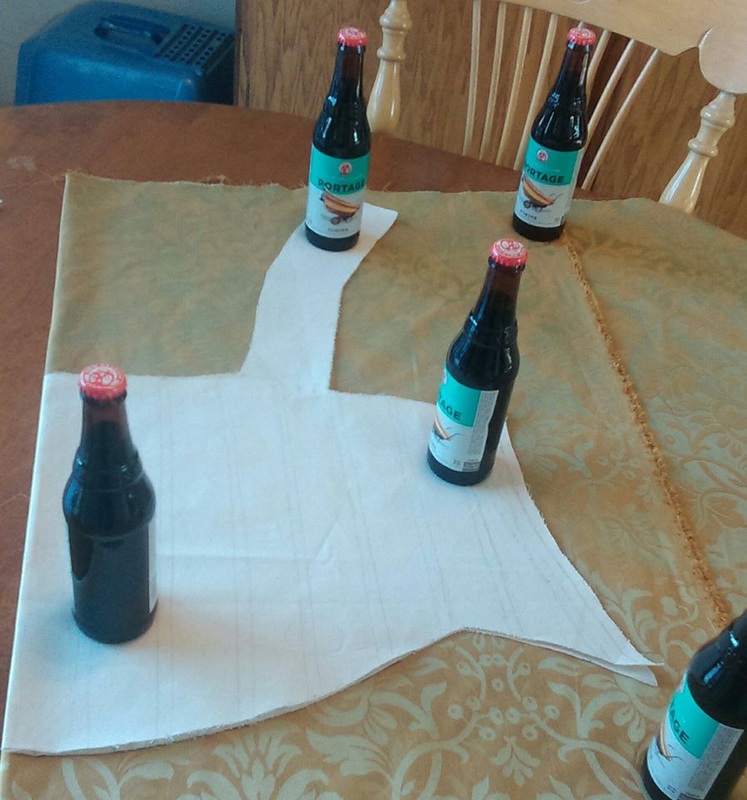
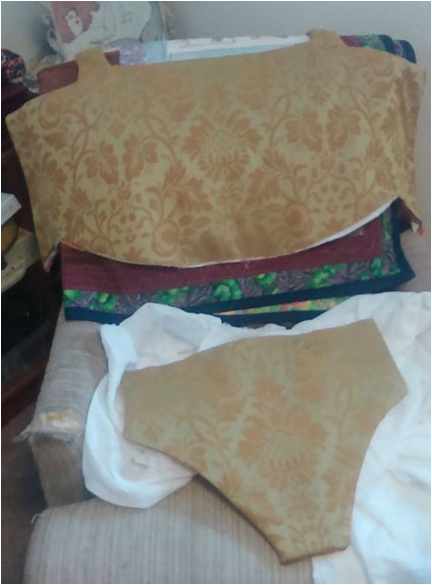
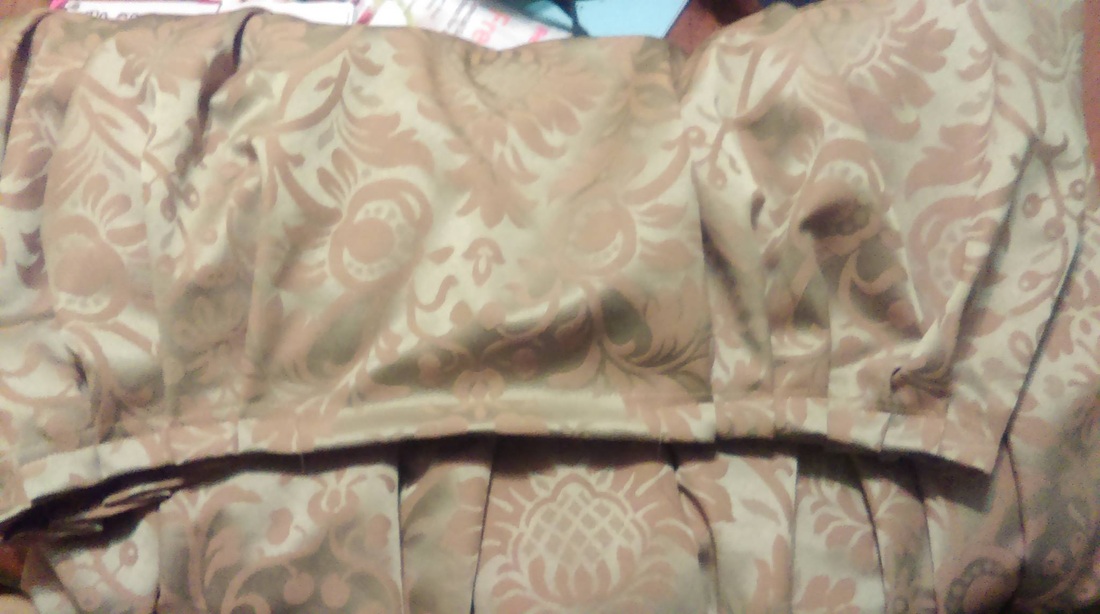
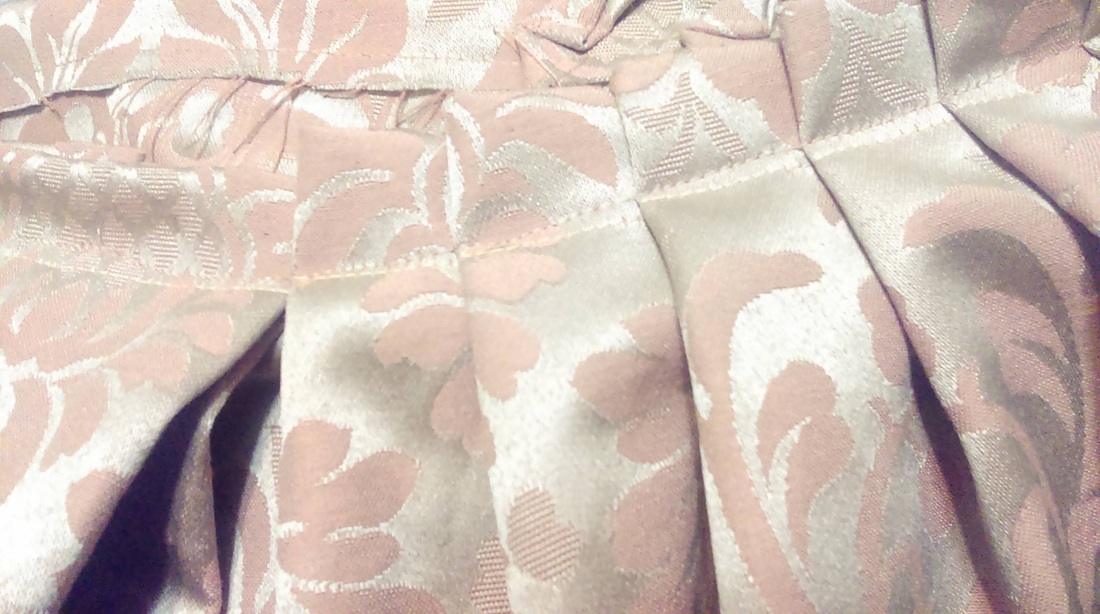
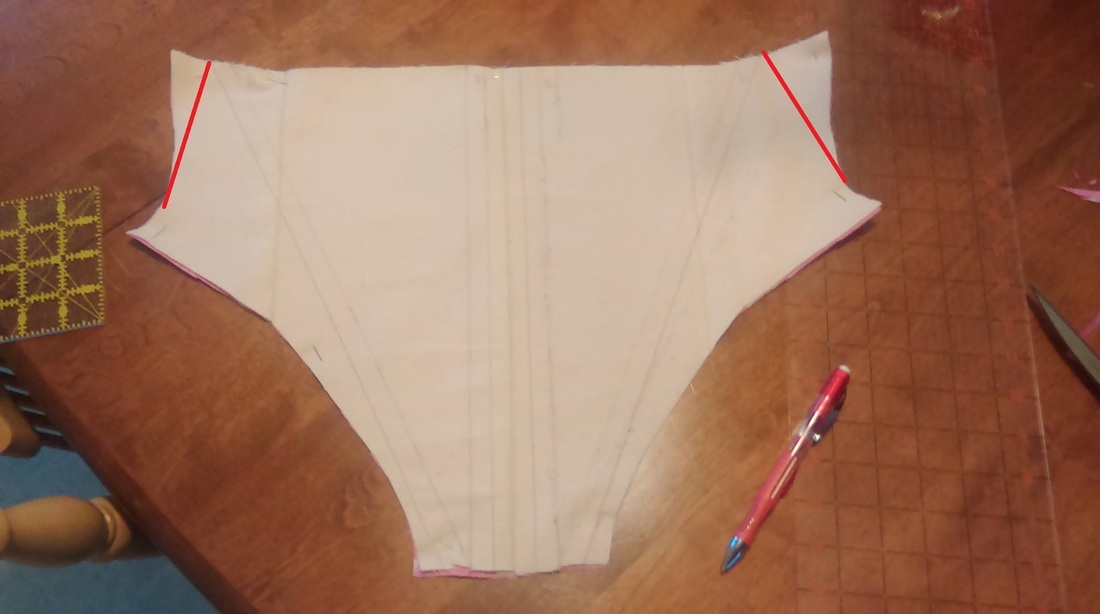
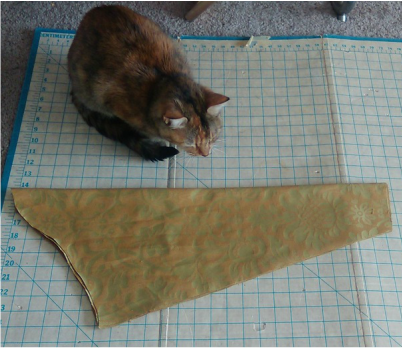
 RSS Feed
RSS Feed
